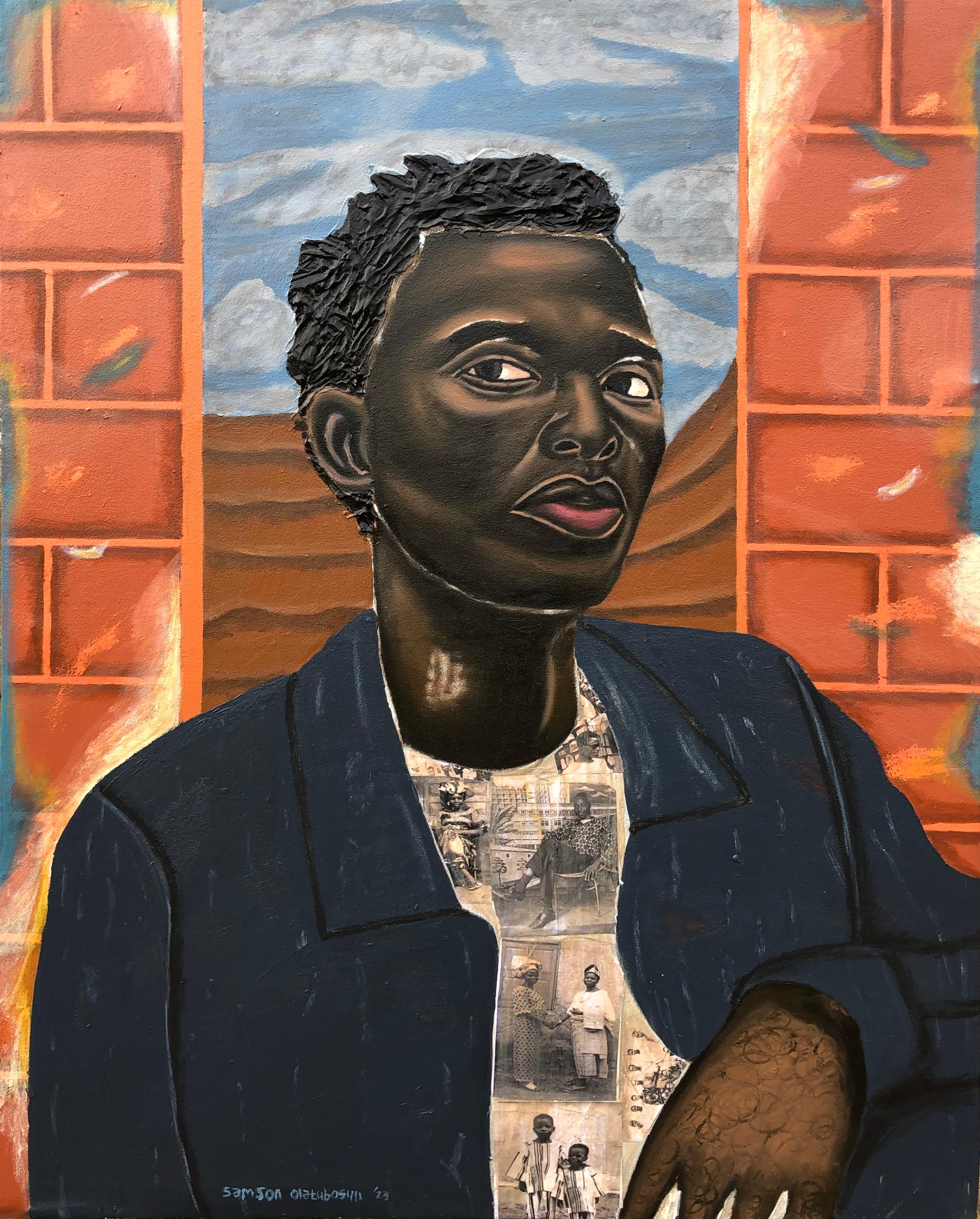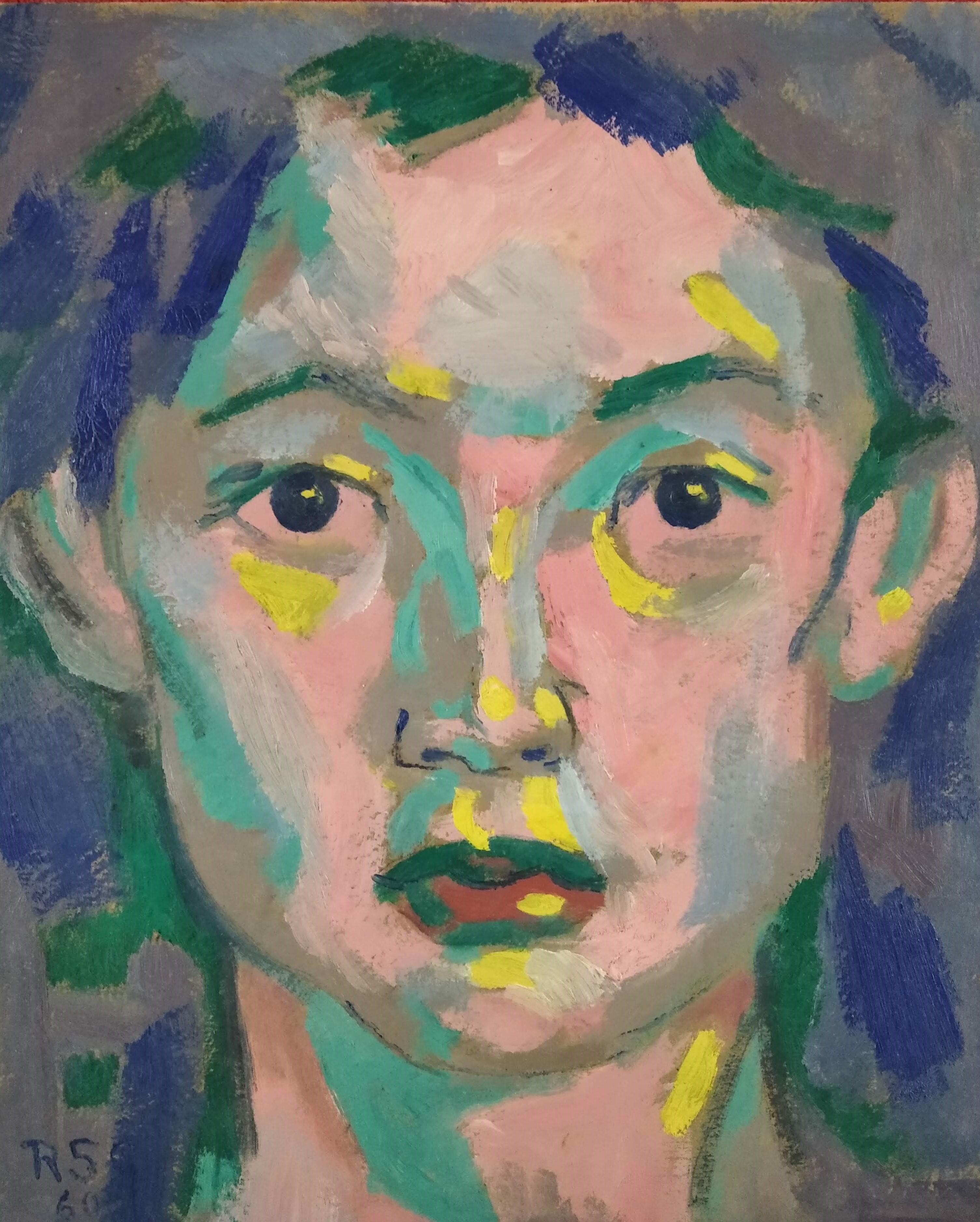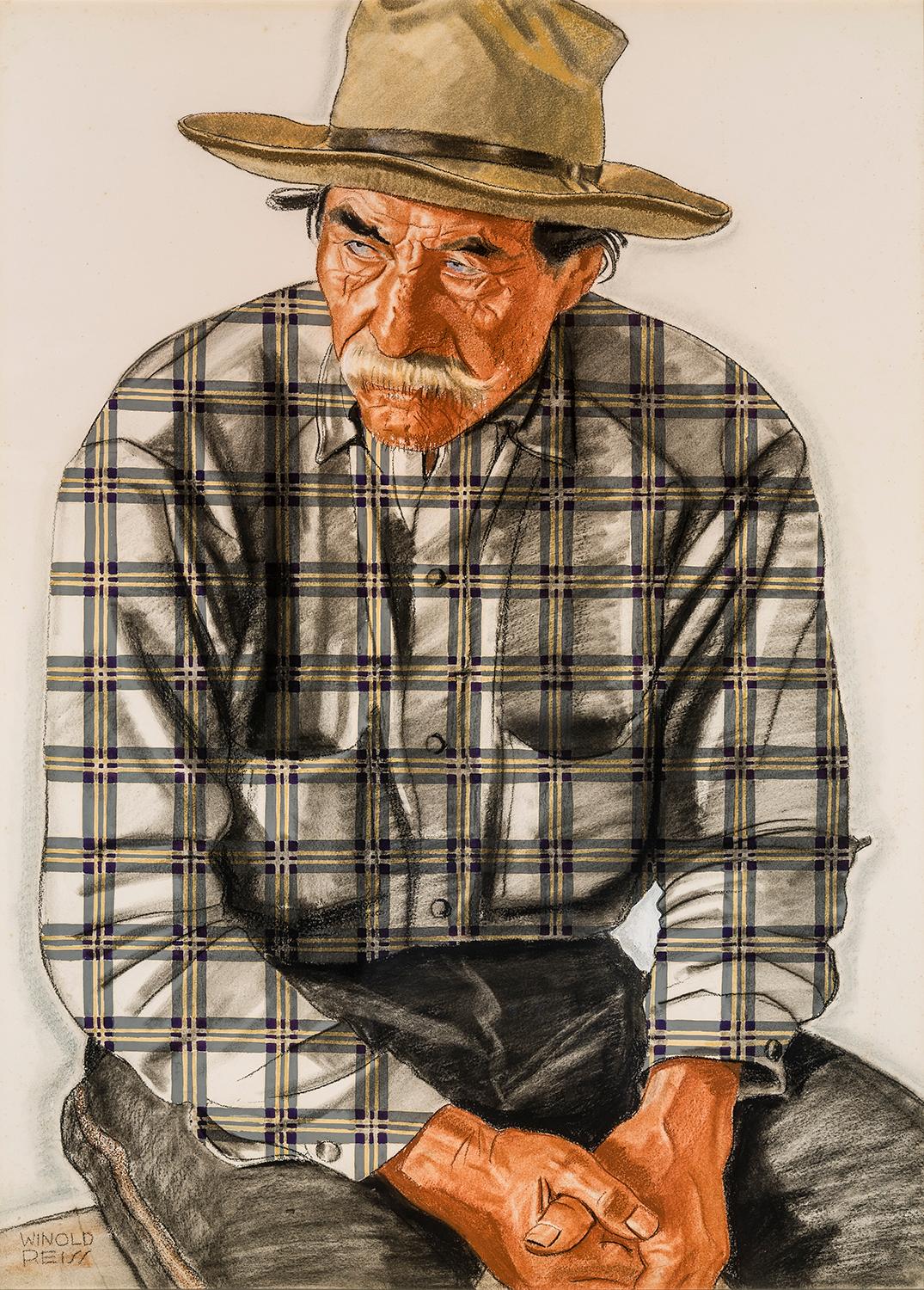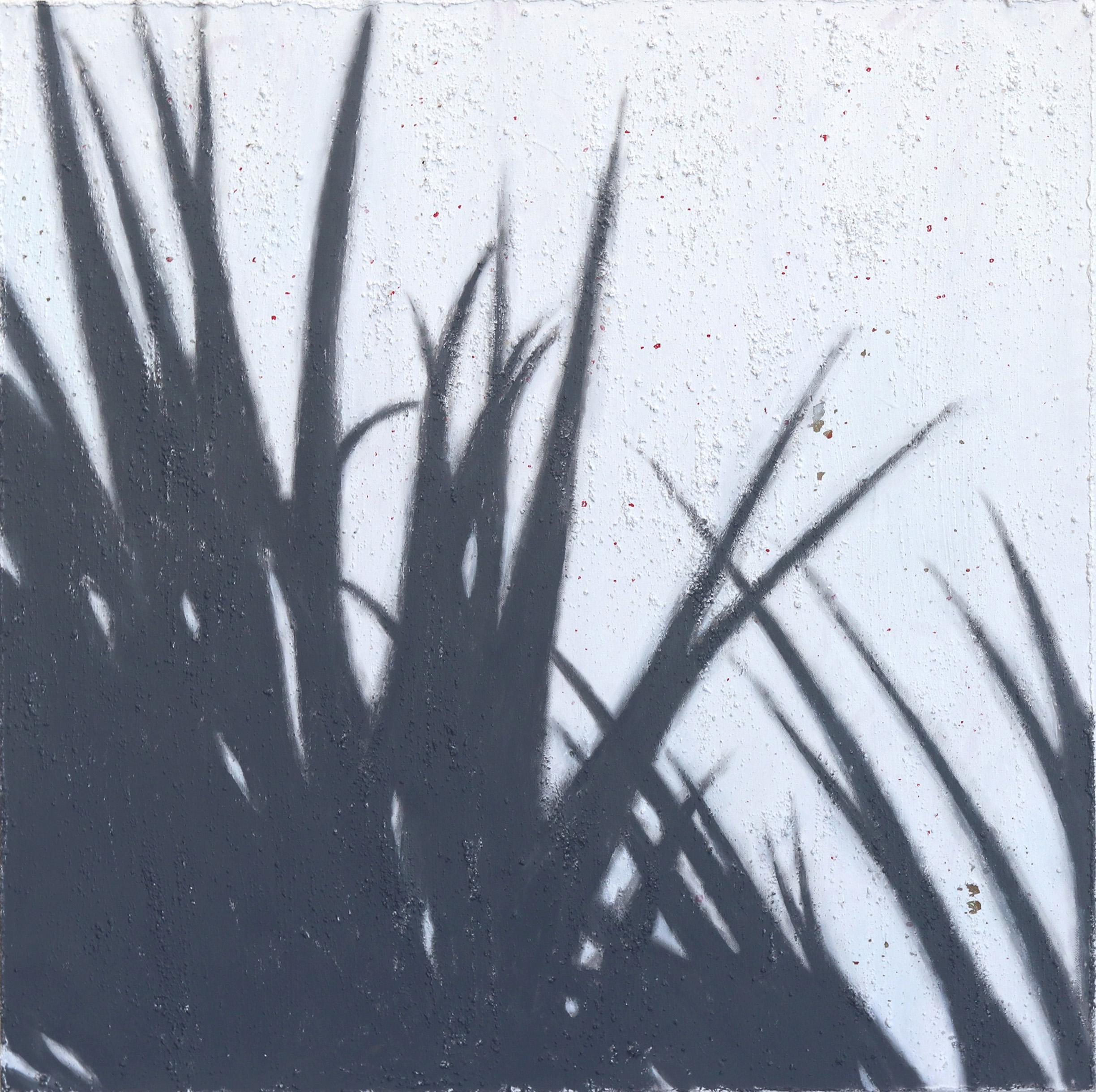Items Similar to Feliciano Bejar REHILETE #2 Mixed Media Avant Garde Artwork
Want more images or videos?
Request additional images or videos from the seller
1 of 5
Feliciano BéjarFeliciano Bejar REHILETE #2 Mixed Media Avant Garde Artwork1980
1980
About the Item
Genre: Latin American
Subject: Abstract
Medium: Mixed Media, Collage
Country: Mexico
Dimensions w/Frame: 16.75 x 16.5
Feliciano Béjar Ruíz (1920 – February 1, 2007) was a Mexican artist and artisan, best known for a style of sculpture called “magiscopios” which involved various materials along with crystals and/or lenses to play with light or create distorted visions. He was born in rural central Mexico and was completely self-taught as an artist. He was creative as a young child, drawing and creating his first sculpture like pieces from papier-mâché. His art career began in New York, where he had travelled and lived for a time in Hell’s Kitchen. His drawing the attention of Arthur Ewart and Frances Coleman, with the latter helping him have his first exhibition and whose husband helped sponsor his time in Europe. In his later life, Béjar withdrew from the art world for about sixteen years, disillusioned with it and retreating to his ranch in the State of Mexico. He returned in 1998, with a retrospective of his work in Mexico City and continued to show his work until shortly before his death.
He worked as an assistant to a carpenter, sweeping out the shop in exchange for wood scraps. He used these to create toys and even large imaginary cities.
When he was fifteen, he began to teach himself art using various scrap materials. At this time muralist José Clemente Orozco was in his town to paint scenes of the Mexican Revolution on the town library. Bejar brought him some drawings to show, he did not want to see them. Later in life he stated that he did not think well of the muralists and considered them false and frauds. He said that their work was supposedly for the people but they could not be understood without interpretation and the main ones (Rivera, Siqueiros and Orozco) shut out other artists.
When he got to New York in the 1940s, he was disappointed and thought it ugly. He wanted to return but had no money so he had to work menial jobs and live in Hell’s Kitchen. During this time in New York, he was put in touch with English painter Arthur Ewart who encouraged him to get back to art, particularly painting. He also met socialite Frances Colman, while copying paintings at the Metropolitan Museum of Art, who helped him get started selling his work. In 1947, he returned to Mexico. Coleman helped him have an exhibition in New York and in 1949, Béjar traveled to Paris and bicycled through Europe to study the art in the museums there, sponsored by UNESCO and Coleman’s husband. He returned again to Mexico in 1950.
He returned again to Europe in 1956, where he painted and worked as a movie extra and radio announcer.
In 1960, Béjar met Englishman and historian Martin Foley, who had come to Mexico to study. They remained friends for over forty years and lived together at Béjar’s ranch until his death, with Foley writing Béjar’s biography. Foley never entered Béjar’s studio because he was concerned with stepping on something.
However, he considered himself an artisan first, valuing his skills as a carpenter, metalworker and bricklayer, rebuilding the house and gardens himself.
In the early 1990s, he withdrew from his art career, disillusioned by the art work, and in 1993, he was confined to a mental facility by his family involuntarily. Although he left the hospital some time later, a number of his family members still considered him crazy.
Béjar was considered to be an environmentalist. One reason for this was that in his early career, he had a sign in front of his house offering to take used materials for his art, and received much. It made him reflect on how much is wasted. His interest in ecology was also spurred by his time in Mexico City, when he lived for a while near Paseo de la Reforma, seeing how its trees and old mansions were deteriorating.
Béjar died in Mexico City on February 1, 2007, of heart failure while in a hospital for tests. He was 86. He left behind about 100 unfinished pieces because of his system of working. He was buried at his ranch in the State of Mexico. Much of his finished and unfinished work is now in the hands of Martin Foley.
Although Béjar did painting, handcrafts and even trades, he is best known for his sculpture, especially a class of sculpture called “magiscopios.” These were created with metal, glass, crystal, plastic and resins, and feature crystals and lenses that distort the onlookers view. He created the first of these with waste metal and other scraps. After he created his first one, he invited Paco de al Maza, Justino Fernández, Salvador Novo and others for dinner. After seeing the work they thought about names with Jorge Hernández Campos coming up with “magiscopio.” When Béjar exhibited these magiscopios at the Palacio de Bellas Artes in 1966, he signified a break for a generation of avant garde sculptors, and from traditional Mexican sculpture. The magiscopios brought Béjar fame and many of them were copied and reproduced; however, their popularity meant that no one wanted to see his paintings, which bothered him.The popularity also meant that he stopped making them from scraps, especially when he was hired as an artist-in-residence for Carburandum in the US, their first from Latin America. He signed a contract for five years which allowed him to work at their factory and work with larger pieces of materials.
Béjar’s art career began as a painter, and began in New York where he had his first individual exhibition of 18 paintings at the Ward Eggleston Gallery in 1948.However, this success did not open doors for him in Mexico when he returned, not being able to do so until he had the support of the Instituto Mexicano Norteamericano. This show brought his work to the favorable attention of Mexican art critics. However, over his lifetime he had over 150 individual exhibitions and his work appeared in about 100 collectives ones, both in Mexico and abroad. He had a sixteen-year break in exhibiting his work until 1998,when the Instituto Nacional de Bellas Artes sponsored a retrospective. They wanted to have it at the Palacio de Bellas Artes or the Museo de Arte Moderno, but Béjar refused, stating that these avenues were too closed to new artists, so instead it was held at the Museo de Arte Carrillo Gil.
He received a number of awards but stopped accepting when the Bank of Mexico asked him to purchase the medal he was awarded because they lacked resources. He also became disenchanted with the attention given to him by politicians including Mexican presidents He was a member of the Salón de la Plástica Mexicana
Béjar was a prolific creator and while much of his production has been acquired for permanent collection, much is in the possession of his longtime friend Martin Foley. At least 75 of his works are part of major museum collections in Brazil, the United States, Great Britain and Israel.
Since his death in 2007, there have been events to pay homage and exhibitions of his work, including a 2010 homage and conference at the Liberator Miguel Hidalgo y Costilla Cultural Center in his hometown in Michoacán and a major exhibition of his work at the Museum of Light in Mexico City in 2013. There have also been efforts to create a formal museum in Béjar’s memory. His former home in Michoacán has been opened to the public and contains a collections of his paintings, sculptures and handcrafts.
While best known as a sculptor, he was also a painter, artisan and a tradesman, not seeing differences between artist and artisan, instead considering them inseparable. He worked with various techniques such as painting, drawing, engraving and sculpture in wood, ceramic, soldered metal, bronze, stone, stainless steel, crystal and plastic. He defined himself as a creator who did not belong to the artistic elite on Mexico. Although not considered part of the Generación de la Ruptura, his work did open new avenues for artists in Mexico. He was noted for his use of geometry, transparency and light and was contrarian in various aspects. For example, he began to work in terracotta when many artisans were dismissing it in favor of porcelain.
- Creator:Feliciano Béjar (1920, Mexican)
- Creation Year:1980
- Dimensions:Height: 16.75 in (42.55 cm)Width: 16.5 in (41.91 cm)
- Medium:
- Movement & Style:
- Period:
- Condition:
- Gallery Location:Surfside, FL
- Reference Number:1stDibs: LU38211602552
About the Seller
4.9
Platinum Seller
These expertly vetted sellers are 1stDibs' most experienced sellers and are rated highest by our customers.
Established in 1995
1stDibs seller since 2014
1,549 sales on 1stDibs
Typical response time: 1 hour
- ShippingRetrieving quote...Ships From: Surfside, FL
- Return PolicyA return for this item may be initiated within 3 days of delivery.
More From This SellerView All
- Assemblage Collage Painting/Sculpture with Pennies and Scrap Civil Rights ArtistBy William R. ChristopherLocated in Surfside, FLTitled "In G-d We Trust" signed dated and titled verso. there is also a gallery label. Mixed Media wall hanging in a pop art style. Background of pennies and then the foreground is l...Category
1960s American Modern Abstract Sculptures
MaterialsMixed Media
- Mixed Media Sculptural Painting "Unicorn" Chicago Jewish ModernistBy Alexander Raymond KatzLocated in Surfside, FLGenre: Modern Subject: Abstract Medium: Mixed Media Surface: Board Dimensions: 28.75 X 24 (size includes frame. signed with initials and bearing a label verso. Reminiscent of the Ar...Category
Mid-20th Century Modern Mixed Media
MaterialsMixed Media
- Modernist CollageBy Reginald WilsonLocated in Surfside, FLReginald Wilson was born in 1909 in the small town of Butler, Ohio. Determined from boyhood to be an artist, he arrived at the Art Students League of New York when he was twenty. He studied with John Stuart Currie, among others, meanwhile making a living with odd jobs like that of office boy or night watchman. He was an easel painter in the Federal Art Project and served for three years as an airplane mechanic in the US Army Air Force during World War II. He and the artist Carolyn Haeberlin were married in 1942, moving in 1945 to where they made their home in a 200-year-old farmhouse. Wilson’s paintings and works in other media were exhibited widely beginning in the 1940’s, in New York City and in major museums and universities across the country. In Woodstock he showed at a number of galleries including that of the Woodstock Artists Association where he won the 1973 Sally Jacobs-Phoebe Towbin Award. His mid-Twentieth century contemporaries included Karl Fortess...Category
20th Century Modern Mixed Media
MaterialsMixed Media
- Bill Haendel Americana Toy Soldiers Cast Paper Relief Modern Pop Art SculptureBy William HaendelLocated in Surfside, FLWilliam Haendel framed 16.75 X 17 paper 11.5 X 12.5 Bas relief on hand-made molded, cast, paper; Visual statement of modernist society’s role in conformity of the individual and acquiescence to nationalism. Toy Soldiers in tin, lead or plastic, cast into the paper. Bill Haendel...Category
1970s Modern Figurative Sculptures
MaterialsMixed Media
- Ternion IIIBy Richard HutterLocated in Surfside, FLfound paper collage, acrylic & charcoal on art paper From the artists statement: Floral still life has been the primary theme in my work since 1993. Instead of a representational approach, however, I prefer an abstracted, "architectonic" view of my subject. I paint on constructions made of found wood and panels made of new wood (usually birch), sometimes using techniques borrowed from printmaking. I also create works on paper, including self-published prints. I create imagery by drawing with architects' tools (such as a french curve) and by collaging found elements from old books, magazines, postcards, and the like. I frequently use images from early 20th century books on mechanical drawing and engineering (a personal connection to my late father, about stories of paths not taken.) Formal concerns predominate over symbolic or emotional ones, informed by Minimalism and Pop, with a nod to Dada. Tactility and an obsession with surface are evident in all my work: encaustic-like waxy acrylic paint on found-wood constructions; sticky and mottled passages on lithographic monotypes; and matte and almost-porous-looking surfaces on found-paper collages. More recently I began using found diagrams and photos of gears...Category
Early 2000s Modern Mixed Media
MaterialsMixed Media
- Mr. Magoo Original Vintage Animation Cel Hand Drawing PaintingBy Jules EngelLocated in Surfside, FLBorn in 1918 in Budapest, Hungary, Engel began his professional career in animation as a color designer at the Walt Disney studio. Although his credits include work on such classics as Disney’s Bambi...Category
Mid-20th Century American Modern Mixed Media
MaterialsMixed Media
You May Also Like
- Nude - Mixed Media Drawing on Paper - 1970sBy Leo GuidaLocated in Roma, ITNude is an original mixed media drawing on ivory-colored paper realized by Leo Guida in 1970s. The state of preservation of the artwork is good. Not signed. INV.15A, on the lower r...Category
1970s Modern Mixed Media
MaterialsMixed Media
- Composition - Mixed Media on Cardboard by Mario Martini - 1975Located in Roma, ITComposition is an original artwork realized by the Italian contemporary artist Mario Martini in 1975. Mixed media colored painting on cardboard Hand-signed and dated on the lower r...Category
1970s Modern Mixed Media
MaterialsMixed Media
- Mappa - Mixed Media on Canvas by Andrea Nurcis - 1987By Andrea NurcisLocated in Roma, ITMappa is an original artwork realized by Andrea Nurcis in 1987. Mixed media on canvas. Author, date, and title are reported on the back of the artwork. Good conditions The paintin...Category
1980s Modern Mixed Media
MaterialsMixed Media
- Bon Noel - Mixed Media by Antoni Clavé - 1963By Antoni ClavéLocated in Roma, ITBon Noel is an original modern artwork realized in 1963 by Antoni Clavé (1913 – 2005). Original Mixed Media, pen,marker and watercolor. Dated inside. Excellent conditions. Beau...Category
1960s Modern Mixed Media
MaterialsMixed Media
- Painting, Music and Death- Offset Print by Vettor Pisani- 20thLocated in Roma, ITPainting, Music and Death is an original contemporary artwork realized in the late 20th Century by the artist Vettor Pisani. Mixed media artwork: offset...Category
Late 20th Century Modern Mixed Media
MaterialsMixed Media
- Red Expression - Mixed Media - Late 20th CenturyLocated in Roma, ITRed Expression is an original contemporary artwork realized by an Oriental contemporary artist of the late 20th Century. Mixed media on board. Oriental characters on the back of th...Category
Late 20th Century Modern Mixed Media
MaterialsMixed Media
Recently Viewed
View AllMore Ways To Browse
Large Media
Mixed Stone
Large Mixed Media
Large Mixed Media Art
Avant Garde Art
Large Mixed Media Paintings
Vintage Style Artwork
Country Artwork
Traditional Artwork
Large Modern Artwork
Avant Garde Painting
Modern Mixed With Vintage
Mixed Media Paris
Early American Artwork
Large Vintage Artwork
Heart Artwork
Bronze Artwork
Mixed Media Still Life




